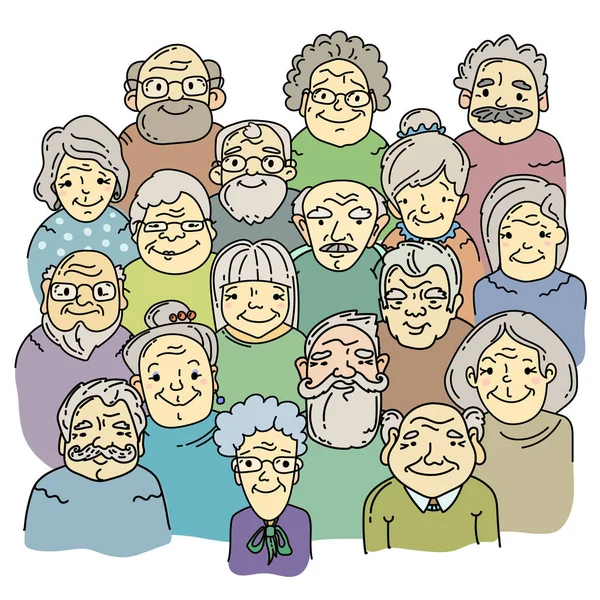Since the 1970s, population aging—the proverbial “gray tsunami”—has been used to justify “pension reform,” austerity and privatization across the wealthy nations. Alarmist projections have long fueled neoliberal, small-government policy reforms. In the Fall 2023 issue of Jacobin, editor-at-large Seth Ackerman argues that it’s time to quit the hand-wringing and look at the data. (See “The Welfare State Can Survive the Great Aging.” Paywall, alas.) The “staggering” increases in pension costs that have people so worried “are only staggering because of how shockingly small they are,” he writes. Every G7 nation except Germany is projected to see pension spending rise by less than 1 percent of GDP. In France and in Japan, the “oldest” country in the world, spending as a share of GDP is set to fall.
How can this be?
The answer is simple: around the world, the four-decade-long wave of pension cutbacks has already programmed so many increases in retirement ages and reductions in earnings replacement levels that the impact of rising life expectancy has been almost completely neutralized. The long-advertised crisis of the welfare state supposedly rendered inevitable by the pressures of population aging has now been almost entirely averted.
Ackerman reaches this conclusion despite relying without interrogation on the “old-age dependency ratio” as his key metric. This loaded term compares the number of people ages 15 to 64 (workers) with people 65 and older (dependents). The “old–age” modifier starkly separates older Americans from the general population, labeling them economic dead weight the day they hit 65.
In fact, Americans draw heavily on their own resources in retirement. Many people require benefits well before they turn 65, and a growing proportion remain employed long after it, both by choice and by necessity. (The World Bank has developed a long-overdue alternative formula, called the adult dependency ratio, which takes these trends into account.) This metric also overlooks the “longevity economy,” which contributed $45 trillion to the global GDP and generated $23 trillion in labor income in 2020 alone, according to AARP’s Global Longevity Economy Outlook.
Another problem with this model is that it frames older people as economic burdens, “greedy geezers” who profit at the expense of the young. This feeds the false and corrosive narrative of “generational conflict.” Families and communities are made up of all ages. We’re in the middle of the biggest wealth transfer in history, as the Baby Boomers die off and pass their assets on to their successors, who have outnumbered them since 2019. Only some have assets to pass on; destitution awaits many retirees.
Treating “the old” or “the young” as homogenous groups obscures the far larger role that class plays in shaping life trajectories. Humans are born into vastly unequal circumstances, and inequalities tend to increase as cohorts age—especially in the absence of social welfare programs designed to mitigate those circumstances. (This is the theme of Dutch gerontologist Jan Baars new book, Long Lives Are for the Rich.)
The so-called tsunami is upon us: worldwide, people over age 60 already outnumber children under age five. It’s no tsunami; it’s a demographic wave that scientists have been tracking for 70 years. It’s increasingly clear that the socioeconomic threat posed by population aging has been overstated to justify shrinking the welfare state and public assistance programs.
Nor have other demographic horror stories predicted by conservatives in the 1990s come to pass, as Dean Baker observed on November 2, 2023 in Counterpunch. Health care costs have not exploded. (The notion that older people are an inevitable sink for health care dollars is incorrect.) Most of the baby boom has already reached “retirement age” and the sky has not fallen. Adjustments to Social Security have already accounted for increased longevity.
That longevity is not evenly distributed: almost all the gains in the last half-century have gone to the well-off. That’s why Baker’s article is titled “The Return of the Aging Crisis: A Diversion from Inequality.” Shamefully, although life expectancy since 2020 has rebounded in other wealthy nations, in the US it has dropped dramatically. Americans who live less long are disproportionately black, brown and indigenous, because they experience the highest levels of poverty, face the most food insecurity and have less or no access to health care.
Blame COVID–19. Blame drug overdoses. Blame the shrinking of public assistance programs, although the opposite is called for if the country is to meet the needs of its poorest and oldest citizens in the years to come. Blame the systemic racism, ageism and ableism that underlie these policy choices. Don’t blame “too many old people.”



